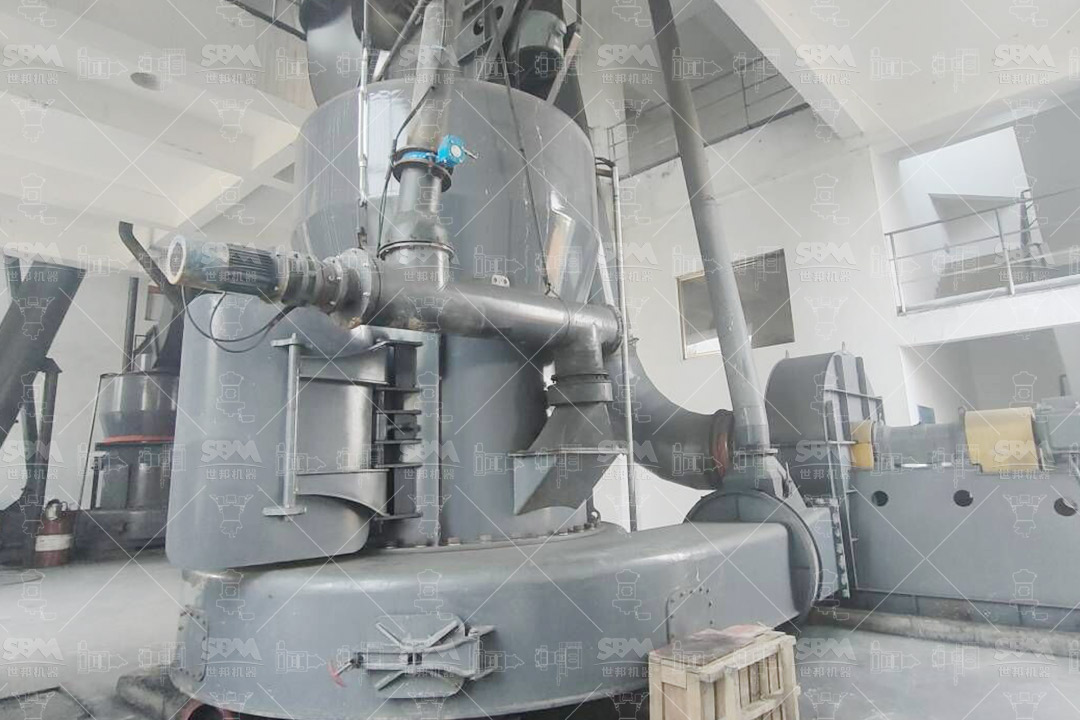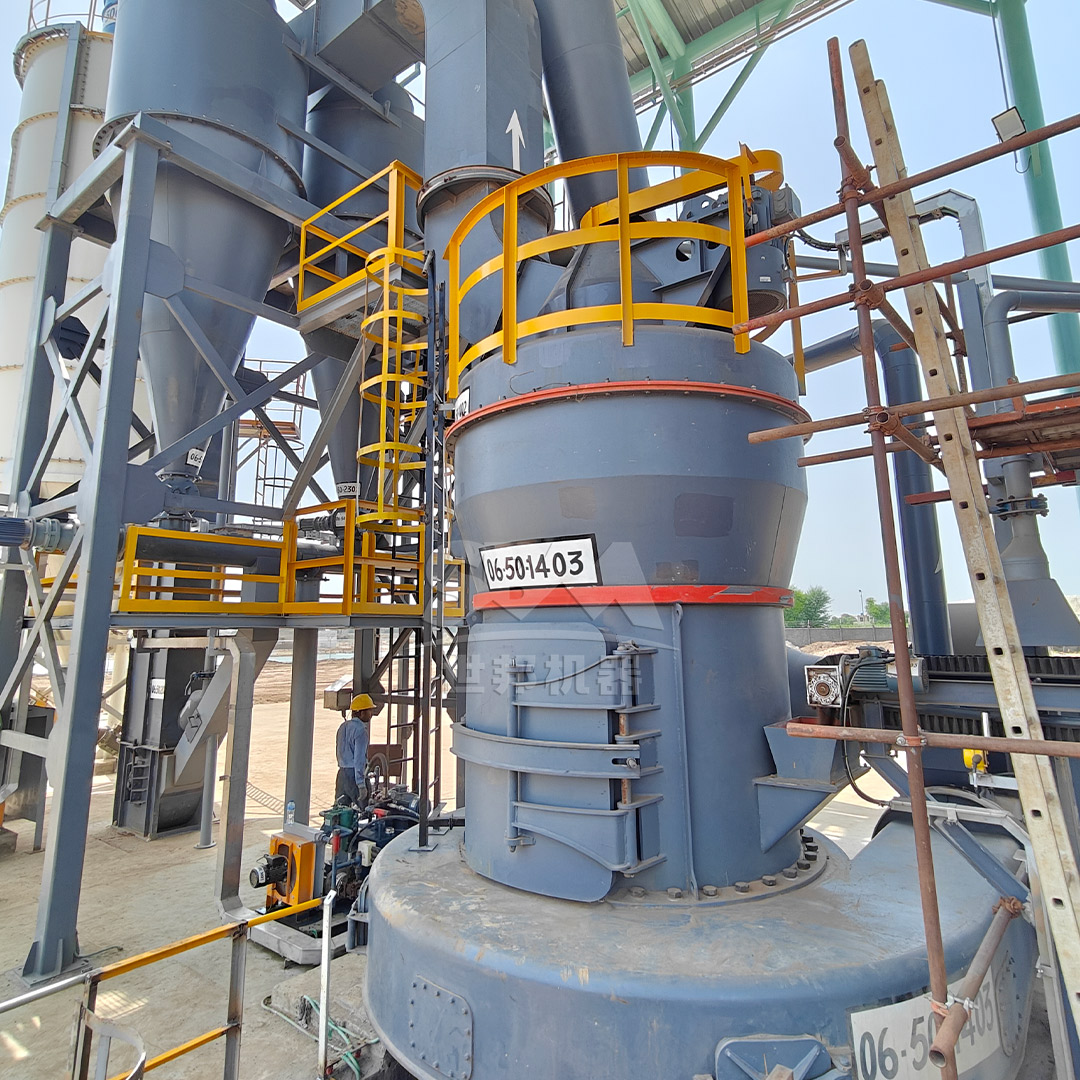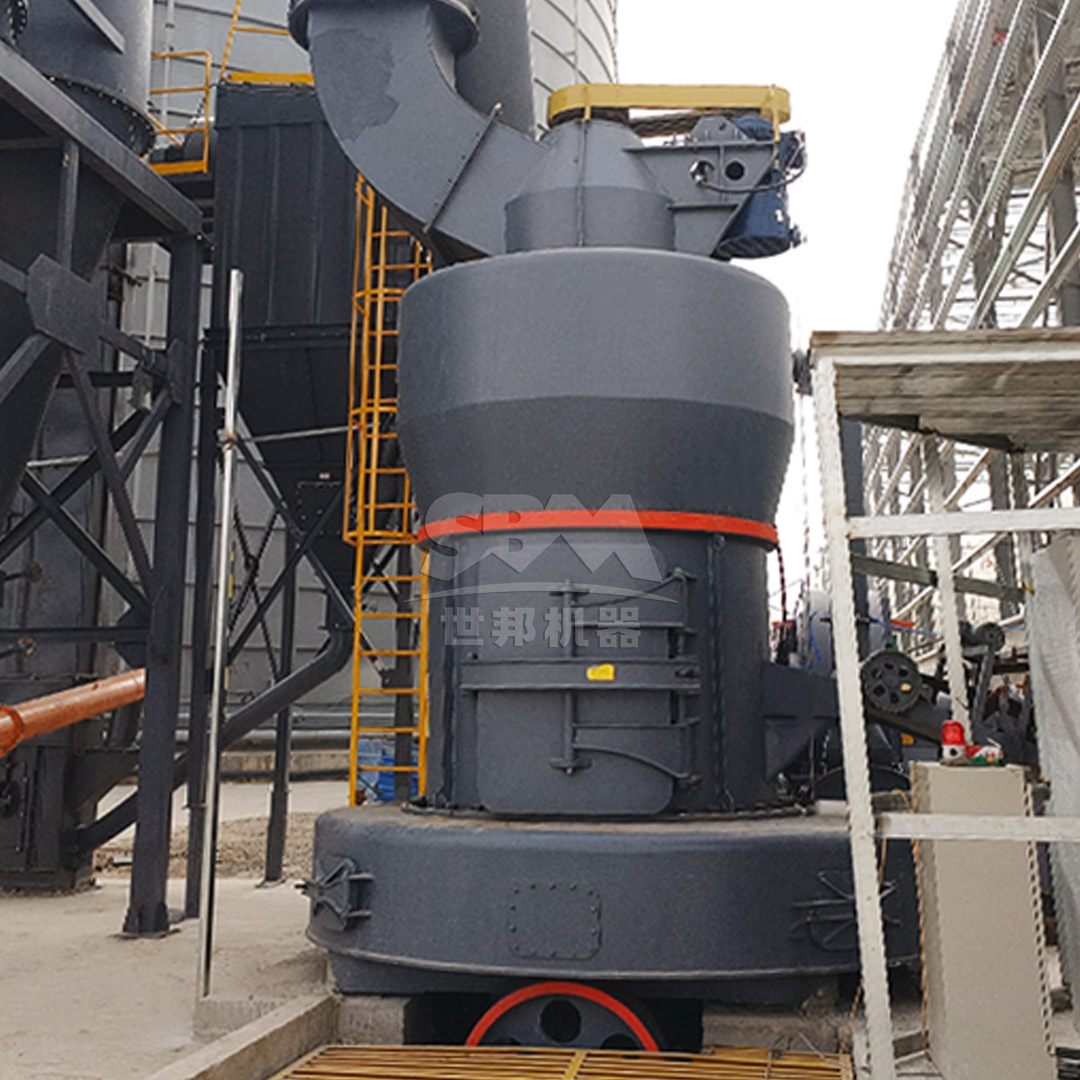Autoclaved Aerated Concrete (AAC) blocks have revolutionized the construction industry with their lightweight, thermal insulation, and fire-resistant properties. The manufacturing process of AAC blocks requires precise preparation of raw materials, where grinding machines play a pivotal role. The quality of raw material fineness directly impacts the structural integrity, density, and overall performance of AAC blocks. This article explores the critical function of grinding equipment in AAC production and highlights advanced solutions that optimize this process.

The production of AAC blocks begins with careful preparation of key ingredients: quartz sand (or fly ash), lime, cement, gypsum, and aluminum powder. Each material requires specific processing to achieve the optimal particle size distribution that ensures proper chemical reactions and uniform pore structure during autoclaving.
Quartz sand serves as the siliceous component in AAC production and must be ground to a specific fineness to react effectively with calcium compounds. The ideal particle size ranges between 45-325 mesh (approximately 350-45μm), depending on the specific AAC formulation. Finer particles increase the reactivity but require more energy to produce, creating a balance that grinding equipment must achieve efficiently.
Quicklime (CaO) must be properly slaked and ground to ensure complete hydration and reaction with siliceous materials. The fineness of lime significantly affects the rate of formation of calcium silicate hydrates during autoclaving. Similarly, cement used in AAC production may require additional grinding to optimize its performance in the aerated matrix.

The unique demands of AAC manufacturing necessitate grinding equipment with specific capabilities. The ideal grinding system must deliver consistent particle size distribution, energy efficiency, and operational reliability while handling abrasive materials common in construction material production.
Precise control over particle size distribution is crucial for AAC quality. Materials that are too coarse result in incomplete reactions and weak spots in the final product, while excessively fine materials can lead to handling difficulties and increased production costs. Modern grinding systems incorporate advanced classification technology to maintain tight tolerances on product fineness.
Grinding operations typically account for a significant portion of energy consumption in AAC plants. With rising energy costs and environmental regulations, selecting energy-efficient grinding equipment becomes increasingly important. Technologies that reduce specific energy consumption (kWh/ton) while maintaining product quality offer substantial operational advantages.
The abrasive nature of siliceous materials used in AAC production demands grinding equipment with exceptional wear resistance. Components such as grinding rolls, rings, and liners must withstand prolonged exposure to abrasive particles while maintaining performance characteristics. Equipment designed for easy maintenance and quick component replacement minimizes production downtime.
Modern grinding technology offers several equipment options tailored to the specific needs of AAC production. The selection depends on production capacity requirements, raw material characteristics, and desired product specifications.
For AAC manufacturers requiring processing capacities between 3-45 tons per hour with output fineness ranging from 30-325 mesh, the MTW Series Trapezium Mill presents an optimal solution. This advanced grinding system incorporates several technological innovations specifically beneficial for AAC raw material preparation.
The MTW mill’s anti-wear shovel blade design significantly reduces maintenance costs – a critical factor when processing abrasive materials like quartz sand. The curved air channel optimization minimizes energy loss during material transport, enhancing overall efficiency. With its integral transmission featuring bevel gears achieving 98% transmission efficiency, the MTW series delivers reliable performance while reducing installation costs.
For AAC plants with production capacities in the medium range, the MTW138Z model offers particular advantages with its 6-17 ton/hour processing capacity and 90kW main motor power. The equipment’s ability to handle input materials up to 35mm in size provides flexibility in raw material sourcing, while the precise control over output fineness (10-325 mesh) ensures optimal reactivity in the AAC formulation.
| Model | Processing Capacity (ton/h) | Main Motor Power (kW) | Input Size (mm) | Output Fineness (mesh) |
|---|---|---|---|---|
| MTW110 | 3-9 | 55 | <30 | 10-325 |
| MTW138Z | 6-17 | 90 | <35 | 10-325 |
| MTW175G | 9.5-25 | 160 | <40 | 10-325 |
| MTW215G | 15-45 | 280 | <50 | 10-325 |
For high-capacity AAC manufacturing facilities requiring processing capabilities from 3-250 tons per hour, the LM Series Vertical Roller Mill offers unparalleled efficiency and compact design. Its integrated crushing/grinding/classification system reduces footprint requirements by 50% compared to traditional grinding systems, making it ideal for space-constrained industrial settings.
The LM series features a non-contact design between grinding rollers and the grinding table, extending wear part life up to three times – a significant advantage when processing abrasive AAC raw materials. With energy consumption 30-40% lower than ball mill systems, this equipment substantially reduces operational costs. The expert automatic control system supports remote/local switching and real-time monitoring of operational parameters, minimizing manual intervention.
For specialized AAC applications requiring finer raw materials, the LM Vertical Fine-powder Mill models (LM130X-GX to LM220X-GX) provide output fineness between 325-600 mesh (D97), accommodating formulations that benefit from increased surface area and reactivity. The compact design and ability for outdoor installation reduce civil construction costs by approximately 40%, offering significant capital expenditure advantages for new AAC plants.

The relationship between grinding parameters and AAC block quality extends beyond simple particle size considerations. Several interconnected factors must be optimized to achieve the desired product characteristics.
The distribution of particle sizes in ground materials significantly influences AAC block properties. A well-graded particle distribution promotes better packing density in the green mixture, leading to more uniform pore structure after aerating and autoclaving. Modern grinding systems with advanced classification capabilities enable precise control over this distribution, allowing manufacturers to fine-tune their products for specific applications.
Increasing the surface area of raw materials through finer grinding enhances their reactivity during the hydrothermal reactions in the autoclave. This improved reactivity can reduce autoclaving time or enable the use of lower-quality raw materials without compromising final product strength. However, excessive fineness can lead to handling difficulties and increased water demand, requiring careful optimization.
As grinding fineness increases, energy consumption rises exponentially. AAC manufacturers must balance the benefits of finer materials against the associated energy costs. Advanced grinding systems with high classification efficiency minimize over-grinding, reducing energy waste while ensuring that the target fraction meets specifications.
The evolution of grinding technology continues to address the changing needs of the AAC industry, with several emerging trends shaping equipment development and selection criteria.
Integration of Industry 4.0 technologies enables real-time monitoring and optimization of grinding operations. Smart sensors, predictive maintenance algorithms, and automated adjustment systems minimize human intervention while maximizing equipment performance and product consistency. These technologies also facilitate remote operation and troubleshooting, reducing the need for on-site technical expertise.
Growing emphasis on sustainable construction materials drives innovation in grinding technology to accommodate alternative raw materials. Equipment capable of processing industrial by-products such as fly ash, slag, and other waste materials supports the circular economy while reducing the environmental footprint of AAC production. Modern grinding systems are increasingly designed with the flexibility to handle variable feedstock compositions.
Continuing development of energy-efficient grinding technologies addresses both economic and environmental concerns. Innovations in drive systems, classification efficiency, and wear resistance contribute to lower specific energy consumption. Hybrid approaches that combine different grinding principles offer potential for further optimization of the comminution process in AAC manufacturing.
Grinding machines represent a critical component in the AAC manufacturing process, directly influencing product quality, production efficiency, and operational costs. The selection of appropriate grinding equipment requires careful consideration of production scale, raw material characteristics, and product specifications. Advanced solutions like the MTW Series Trapezium Mill and LM Series Vertical Roller Mill offer distinct advantages for different segments of the AAC industry, combining precision particle size control with energy efficiency and operational reliability. As the AAC market continues to evolve, grinding technology will play an increasingly important role in enabling manufacturers to meet changing customer demands while maintaining competitive production costs.